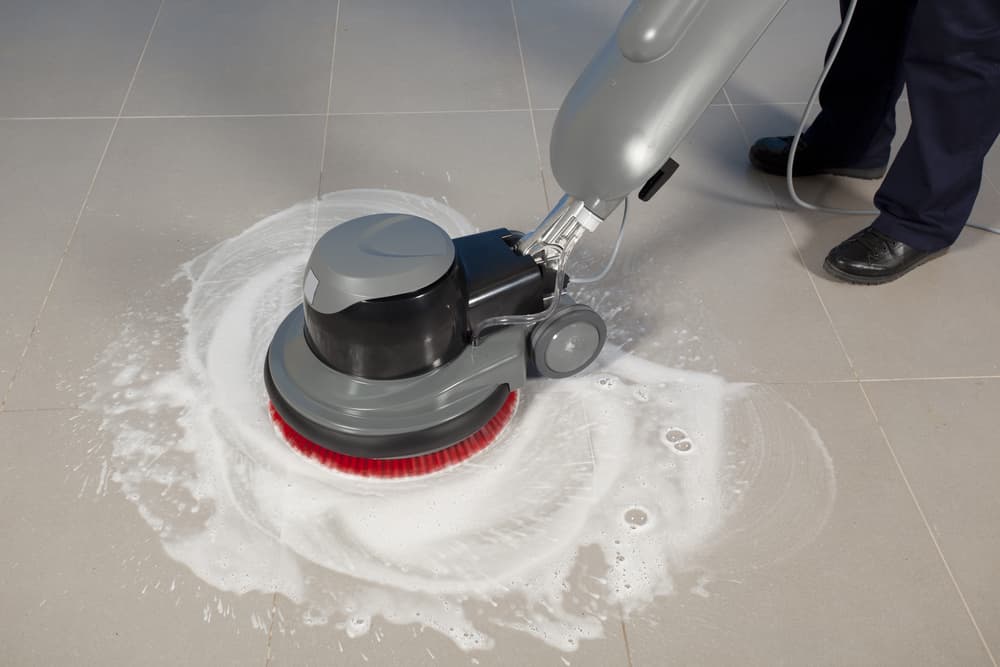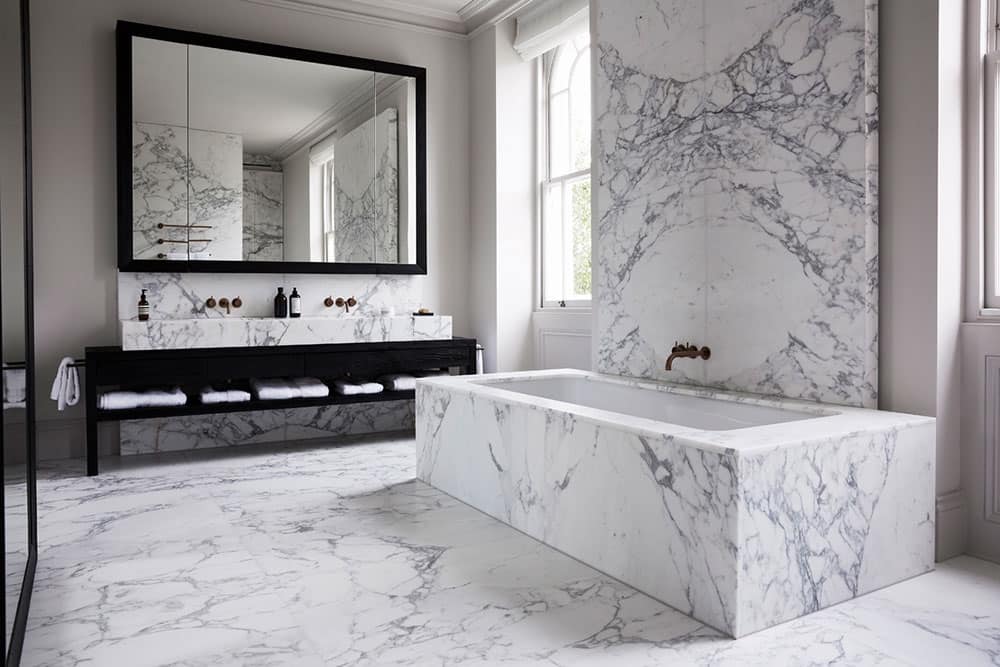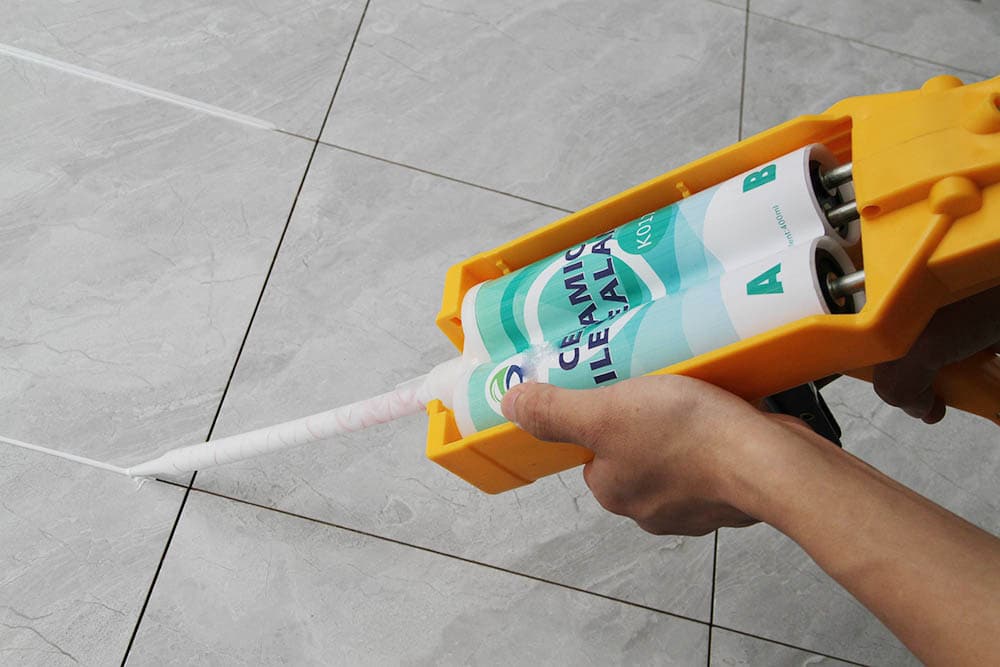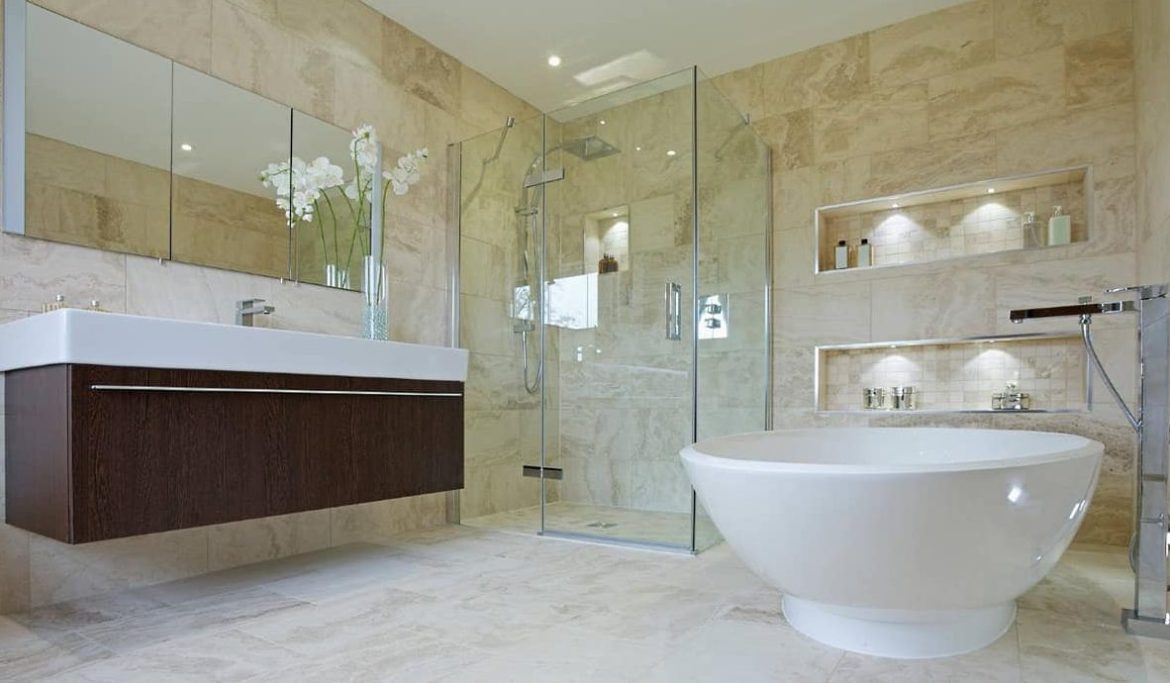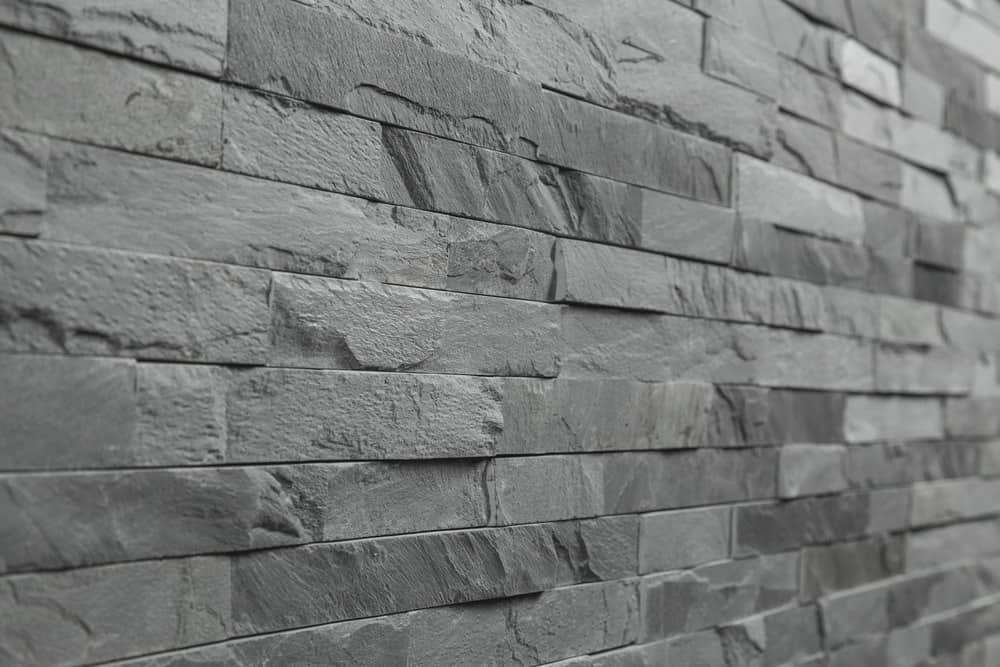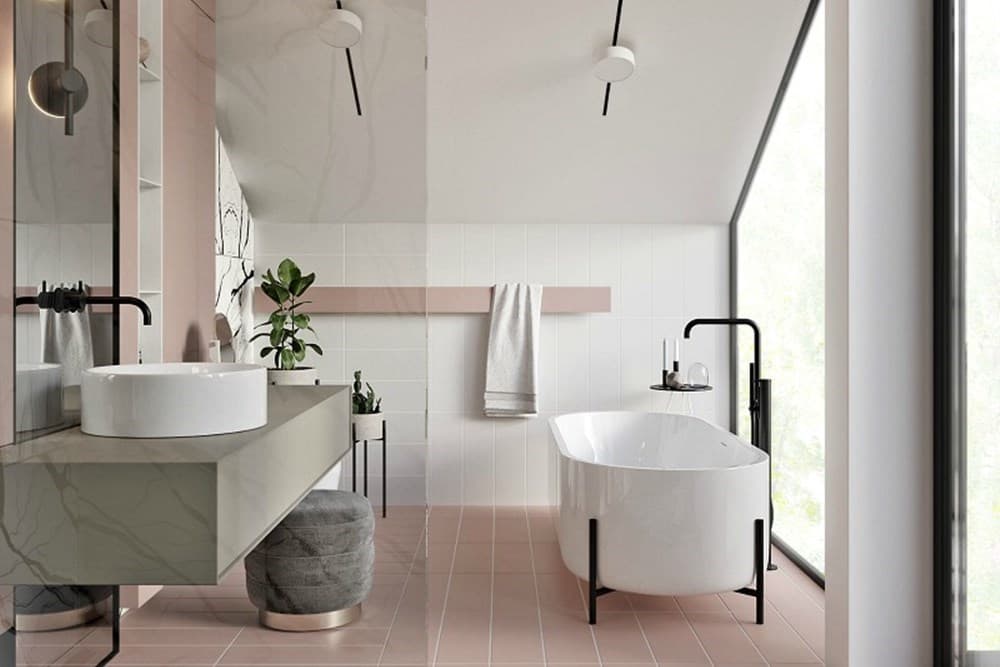ceramic tile granite floor adhesive rate
Granite is one of the ceramic and tile that can be a suitable option for the floor, the rate of which is not high even with the use of adhesive in its installation
Granite has historically been a favorite of architects and designers because it can maintain its structural integrity and maintain a beautiful appearance
Over the past ten years, these stones have become popular not only in residential locations but also in public and private commercial locations
In recent years, granite countertops, especially those used in kitchens, have become increasingly popular in residential architecture
At least 80% of the rock composition must consist of quartz to be classified as granite
When cut and polished, this popular stone may be used as a surface like any other material, despite its distinctive appearance in its natural state
Because of their longevity and excellent quality, ceramics have been able to replace a wide range of internal and external coatings in the construction industry
Ceramics are also becoming increasingly popular
Granite ceramics have recently surpassed granite as the most important of these coatings
Granite used to be in the first place
Stone was one of the first building materials that were discovered and used
Even if it is used for the foundation and foundation of the structure as well as the floor and wall covering, its history goes back thousands of years
In modern parlance, the use of polished or decorative stones on the exterior or interior of a structure is what we are talking about using stone in the building trade
As a result of advances in stone cutting technology, the use of stone as wall cladding has recently increased
Of all the natural stones used in construction that are classified as decorative stones, granite is by far the most common choice
Granite tiles, on the other hand, are made up of individual pieces, as opposed to granite slabs, which are purchased in greater numbers
A very extensive number of granite tiles have been joined together to provide a smooth surface
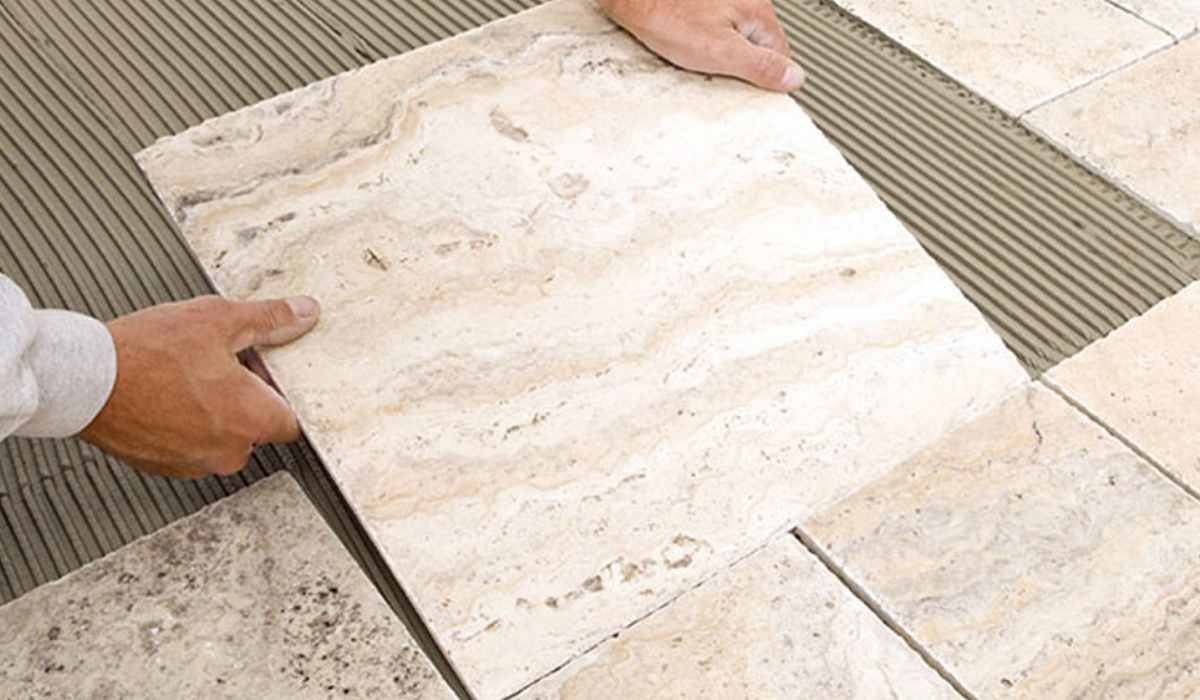
Grouting is used to connect the squares, which results in the finished product having a very unique and textured appearance
Granite tiles provide a more three-dimensional appearance when compared to slabs of granite for the same application
Because the grout lines between granite tiles are so obvious, they are often reserved for usage in more compact spaces
It’s possible that using tiles will be more practical and cost-effective in areas that are difficult to access or that include appliances with unique forms, such as sinks and dishwashers
If slab granite is used, the expense of chiseling out areas for sinks and other appliances will increase significantly
The use of tiles makes it easy to navigate around any apparatus
Tile adhesive and other new maintenance solutions have changed the tile business
Mixing cement, minerals, and synthetic resins with water creates an adhesive with a predictable setting time
Cement mortar is more popular than tile glue since it’s cheaper
New goods like tile adhesive have changed this industry
Customers can’t agree on the best product
We’ve compared these two goods so you can make an educated choice
Tile adhesive speeds up building tasks
The completed product’s ceramic tile adhesives improve its aesthetic attractiveness
Compared to cement mortar, tile adhesive is more expensive
Compare the two, and you’ll see
Tile adhesive saves money on labor, infrastructure, and other costs, thus the high upfront cost doesn’t affect the entire project cost

granite floor tile rate
The rate of tile such as granite on the floor, and wall, or even roof depends on several factors
Since the natural stone has the benefit of not being polluted by any procedures that were created by humans
You’ll probably be able to discover whatever it is that you’re searching for in this location, provided that it has a particular look and/or feel
Along with marble, granite is one of the natural stones that is most often seen in use today
It is long-lasting and is available in a diverse assortment of shades and tones
Because of its brittleness and propensity to break, it is not a good option for a packed floor, even though it is resistant to scratches provided it is well sealed
Granite is a kind of natural stone that provides buildings with their characteristic appearance as well as a glistening sheen
This natural stone is very durable since it is formed at such high temperatures, making it an excellent choice for areas that get a lot of foot activity
Our high-quality granite floor tiles not only provide a surface that is resistant to wear and tear over time, but they also have a great lot of aesthetic appeal
The use of a stunning granite wall tile in the kitchen or bathroom has the potential to enliven the space
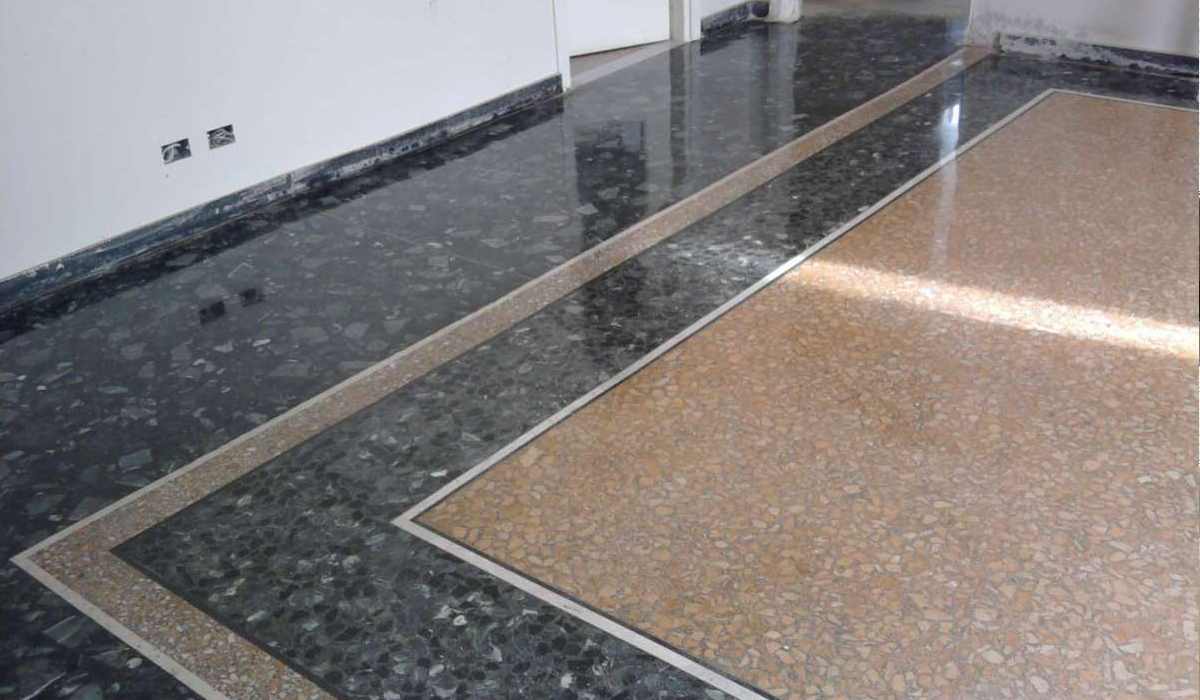
The cost of each block of granite is directly impacted by its dimensions
The cost of the countertop goes up proportionately with both the size and number of components on the floor
Stay away from them as much as possible
The seams in granite countertops are more noticeable than the seams in countertops made of other materials
It is preferable to have one massive component as opposed to several smaller ones
In addition, the color and overall look of a single slab will be more consistent than that of two separate slabs
Large pieces have greater prices since they need to be cut from a larger slab and are more difficult to install
This results in higher material and labor expenses
Certain hues and tones of granite may be more costly than others because they are scarcer
Both the price of your table and the availability of the resources that go into making it are influenced by supply and demand, just as they are with any other product
Because of other qualities such as the quality of the material and the size, certain varieties of granite countertops are much less prevalent than others
Granite is mined in a wide variety of locations across the world
Granite that’s quarried in your area may cost less than granite that’s mined in other parts of the nation or the world
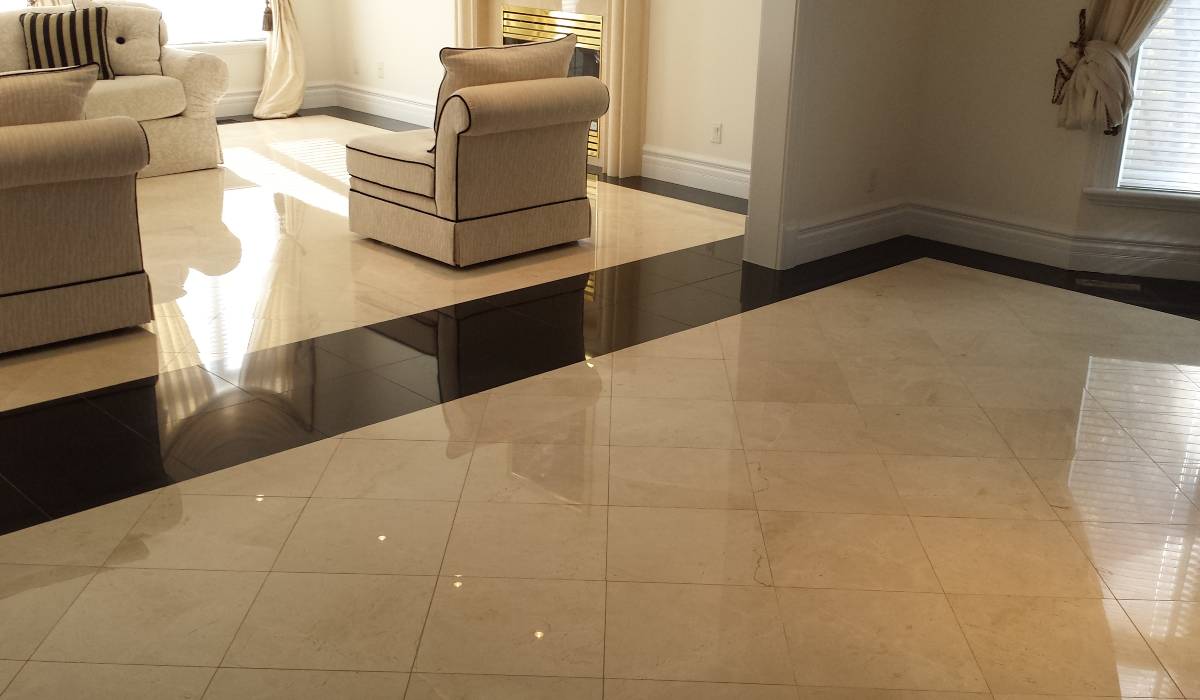
ceramic tile adhesive
This mineral polymer cement is one of the types of adhesive that is used for installing ceramic tiles and is very sticky and compatible with several types of infrastructure
Ceramic and tile adhesive can bond ceramic tiles to a flat surface and other ceramic tiles
Cement leachate helps the adhesion of traditional mortar
They absorb less water than ceramic tiles
Tiling requires glue
Tile adhesive can be paste or powder
1-Powder tile adhesive Several dry mixes of ceramic and tile powder adhesive are made with cement
Due to the use of multiple polymers, its efficient mechanism is impermeable to water and moisture after mixing with water and drying
Pasty adhesives
Installing ceramic tiles on plaster or concrete walls requires paste glue
Before applying these adhesives, plaster, straw, and clay walls should be treated with mortar
These adhesives are resistant to fat, acid, and water
It had cement surfaces
Three Chinese glue
This adhesive consists of cement, minerals, polymer, and other materials
Compatible and strong
This glue needs water to work
Any ceramic or porcelain tile, any stone, any mosaic (even glass,) and any interior or exterior surface can be bonded with porcelain tile adhesive
High adhesion strength, compatibility with floor heating and cooling systems, long working life, and minimal slippage are the characteristics of this glue
The use of adhesive is different for ceramic tiles of different sizes
For a smooth surface with 4040 tiles, consumption is approximately 4 kg/m2 and grows with ceramic size
40-inch thick clean ceramics weigh 8 to 9 kg per square meter
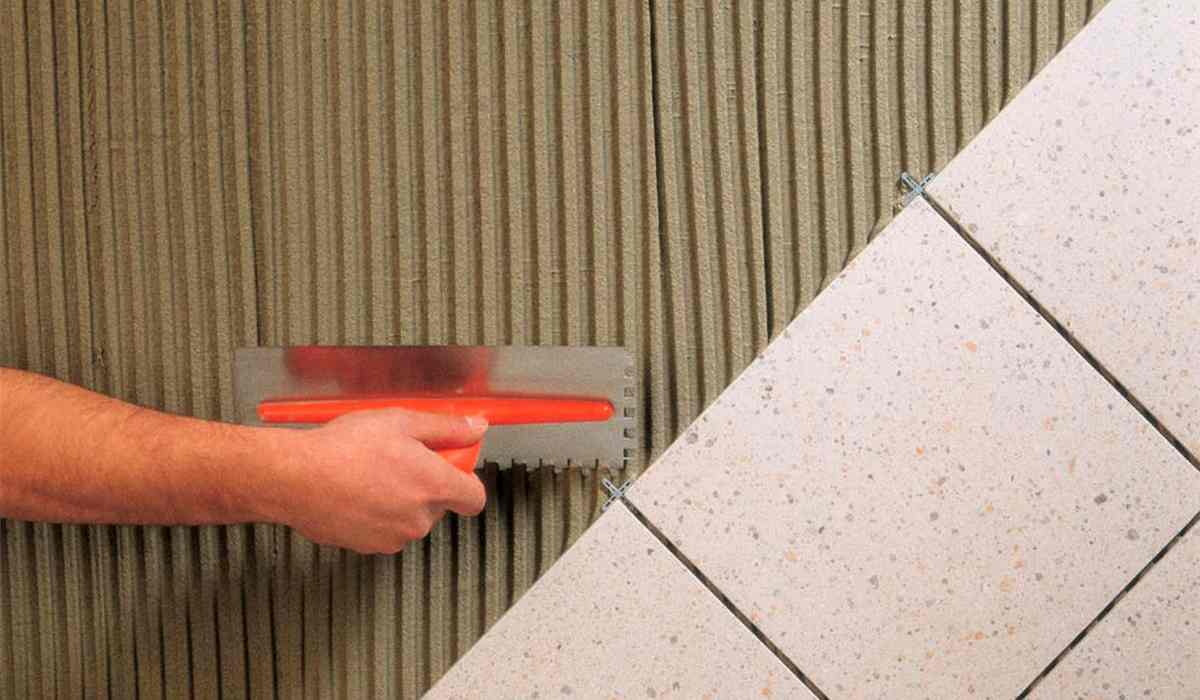
Large ceramics need surface and back glue
Use a comb trowel
Apply the adhesive to the back and surface of the ceramic at right angles to ensure complete coverage
The trowel should be pulled in the same direction before and behind the ceramic
Horizontal or vertical
Do not dip the comb like a solvent
Tile adhesive
This synthetic adhesive has regular setting time, strong adhesion, and strength
Add water to use
It is made of cement and minerals
This product sticks to mosaic, tile, brick, water absorbent ceramic, and stone
Conventional glue has several advantages, including long-term performance, moisture resistance, anti-slip properties, and strong adhesion
Two-component tile adhesive
The first part is cement and minerals, the second half is an acrylic-based polymer modifying resin
Two-component tile adhesive has excellent adhesion, tensile strength, and flexibility
These adhesives are antimicrobial and water resistant
Use this glue in parking lots, retail centers, movie theaters, and similar places
This glue is also used for slabs, stones, and ceramics above 60 x 120 cm
It has many benefits
It has antibacterial properties, high strength and adhesion, long working period, high resistance to water and humidity, and excellent compatibility
For each tile 60 x 120 cm, ten kilograms of tile adhesive is required
Tile putty
Cement, minerals, synthetic resins, and other components make up pool glue
It is flexible and resistant to moisture
It has strong adhesion and is resistant to temperature
This glue must be diluted before use
Pool glue is intended for use in swimming pools, saunas, fountains, etc
AAC adhesive
This cement-based adhesive has synthetic resin and special additives
This adhesive increases the strength and adhesion of aerated concrete blocks and also increases their ability to hold together, the speed of installation, the weight they can bear, the amount of mortar used, the thickness of the structure, and the mortar
The amount of water consumed, etc

granite tile adhesive
Because natural stone tile such as granite is so delicate, working and adhesive them may be difficult, even though they are beautiful and provide a one-of-a-kind quality to every room they adorn
Every successful tiling work must have the natural stone tile adhesive as its primary focus since it is the foundation upon which everything else is built
The kind of tile made from natural stone, the method of applying the tile, the approach used while grouting the tiles, and the type of glue used for the tiles are all factors that influence the final appearance of the tiled area
The use of the finest tile adhesive not only results in a surface that is of higher quality but also makes the installation process simpler and more expedient
To ensure that everything goes as smoothly as possible with the job at hand, you need to make sure that you choose the appropriate adhesive for natural stone tiles
When working with natural stone to create tile, there are a few considerations that must be kept in mind
To accomplish a successful installation, tiling with a natural stone of any kind, including limestone, marble, or granite, calls for the use of a specific kind of tile adhesive
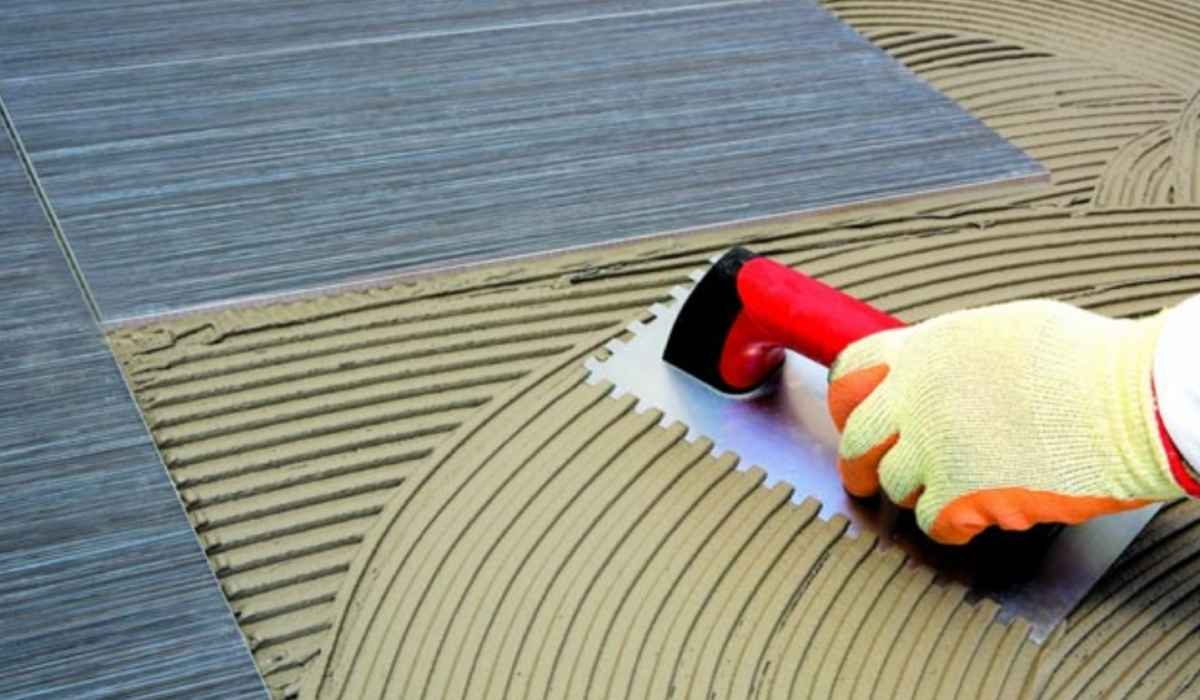
There is a wide variety of tile adhesive available for natural stone, all of which have the potential to make the installation process go more quickly and provide more aesthetically pleasing outcomes
Which tile adhesive is acceptable for natural stone will depend on the kind of tile being used, the environment it will be installed in, and the substrate
Each project is unique
The following is a list of the most common varieties of tile adhesive used for natural stone: building epoxy tile glue that is very strong
Epoxy glue is one of the materials that has shown to be the most resilient and long-lasting throughout human history
As a consequence of this, it is also possible to use it as an adhesive for tiling if the formulation is done correctly
Epoxy tile glue makes the final tiling less responsive to temperature extremes and variations than other types of tile adhesive
Even when placed in a thinner layer than epoxy floor tile adhesive, epoxy wall tile glue has the potential to still create an exceptionally strong bonding
This is because epoxy wall tile glue is made of epoxy resin
Both thin-set and thick-bed tile adhesive solutions that are based on cement There are a variety of thin-set and thick-bed tile adhesives available, some of which include cement
As long as the natural stone tiles do not have an absorbent quality, almost any sort of natural stone tile may be used with them
White and grey are the colors of mortar that are used most often

Thick-bed tile adhesive is a popular choice for floors that are often flooded with water (exterior, bathrooms, swimming pools, etc
)
Thin-set adhesives might be beneficial for both walls and floors
Cement-based adhesives are a good choice for folks who are seeking an easy tile adhesive to use in their home
Due to the large range of natural stone tile types and stone adhesive options available, selecting the ideal tile adhesive can be difficult
Smart natural stone adhesives, made possible by developments in chemistry and technology, can significantly reduce installation time and result in attractive tile work
A more conventional glue, however, could occasionally be the best choice
If you want more information about the options or if you’re looking for a dependable adhesive for tiles made of natural stone, use the button below to contact us


